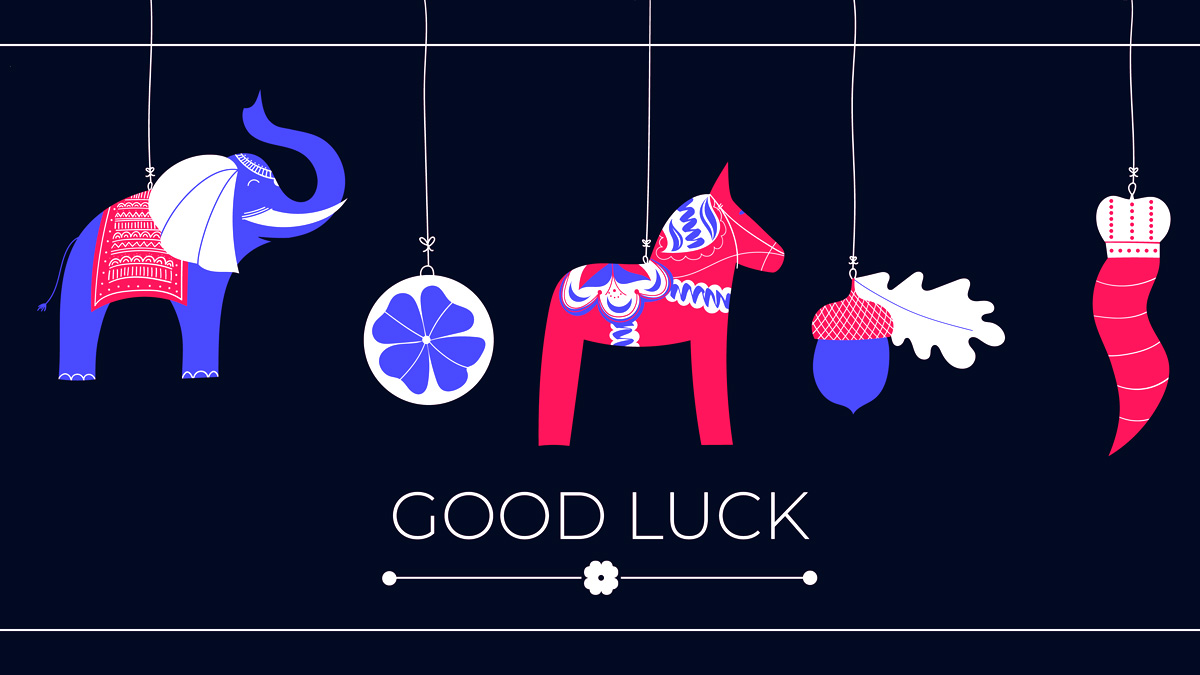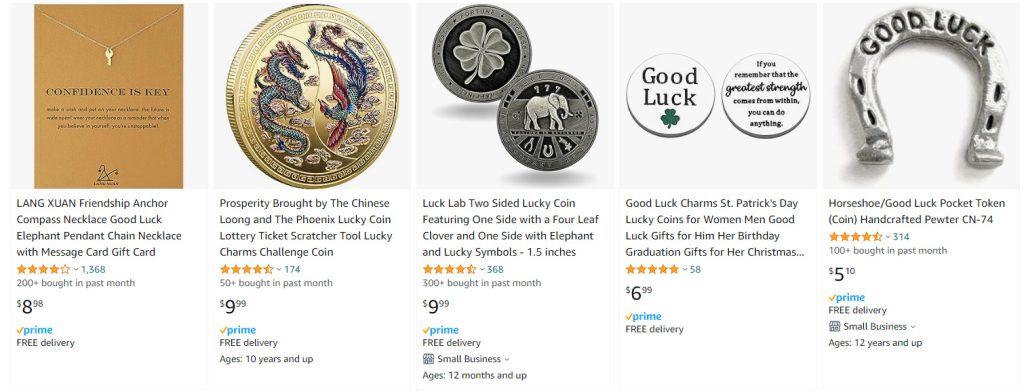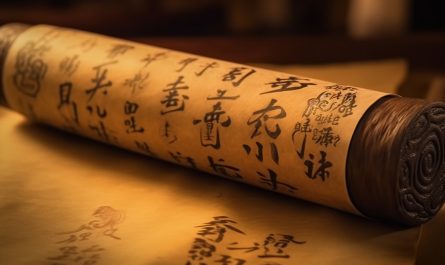Last Updated on July 29, 2024 by Avia
Not all lucky charms are as well-known as four-leaf clovers and horseshoes. In truth, there are loads of other cultural icons that represent admirable sentiments like protection, prosperity, good fortune, and other uplifting, energetic concepts. Do lucky symbols really work in drawing blessings and favor our way? That’s still up for debate, but if you’re open to taking advantage of thousand-year-old traditions, you might want to check out these 7 lesser-known lucky symbols that are believed to attract good fortune and positive energy.
Table of Contents
Tumi: The Peruvian Ceremonial Knife
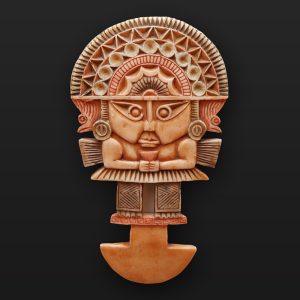
The Tumi is a ceremonial knife from Peru used by the Inca and pre-Inca cultures. It was important in rituals and surgeries. Today, people in Peru display the Tumi in their homes as a good luck charm to bring prosperity and keep bad luck away.
If you come across this symbol, it might be a good idea to try your luck. Consider entering a raffle, trying a scratch card, or participating in a local contest. Other luck-trying options are free bingo at Paddy Power where you can enjoy games and become part of the wider gaming community. It takes just a few minutes to sign up and get started.
The Dala Horse
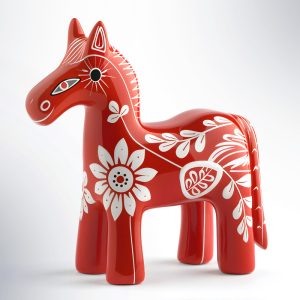
The Dala horse is a painted wooden horse from Sweden. It was originally a toy, but is now a symbol of good luck and Swedish pride. The bright colors and detailed designs are believed to bring happiness, strength, and good fortune. People often give Dala horses as gifts during celebrations to spread joy and prosperity.
The Cornicello
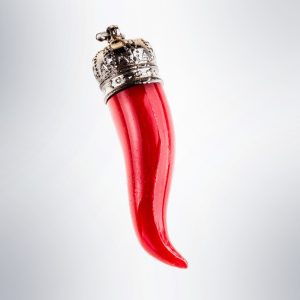
The Cornicello, or “little horn,” is an Italian amulet shaped like a twisted horn made from gold, silver, or red coral. It goes back a long way and is considered a protective lucky symbol against the evil eye and a charm of prosperity. In Southern Italy, it’s common to wear the Cornicello as a necklace or carry it as a charm for protection and good fortune.
The Red String
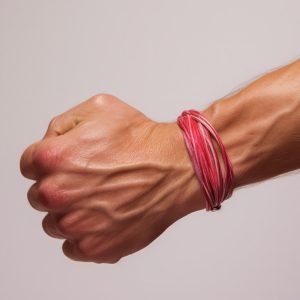
In cultures like Hinduism, Buddhism, and Kabbalistic Judaism, a red string bracelet is worn for protection and luck. In Kabbalistic tradition, it is tied around the left wrist to protect against the evil eye and attract positive energy. The red string is linked to Rachel, a protective figure in Jewish tradition, symbolizing protection and good fortune.
Acorns

Acorns have been symbols of luck, prosperity, and growth since ancient times. The Norse associated acorns with the oak tree sacred to Thor the God of thunder, believing they protected homes from lightning and brought prosperity. In Europe, carrying an acorn is thought to bring long life and good health.
The Nazar
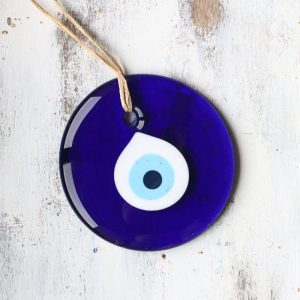
The Nazar, or Turkish evil eye amulet, is a blue glass bead believed to protect against the evil eye—a harmful glare causing bad luck. Common in Middle Eastern and Mediterranean cultures, it is often hung in homes, offices, and cars or worn as jewelry. The blue and white design of the Nazar is thought to deflect negative energy and bring good luck. Interestingly, the word “Nazar” is often seen in word bingo games.
The Ankh
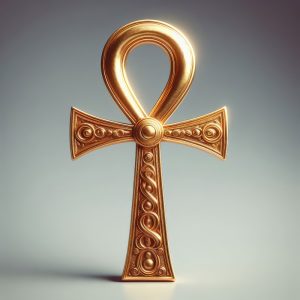
The ankh is also known as the “key of life.” It is an ancient Egyptian symbol for eternal life and immortality. It looks like a cross with a loop at the top and was often held by gods in Egyptian art. The ankh is held in high esteem for its power to provide a layer protection and good fortune. Today, it is a popular symbol in jewelry and art representing life, protection, and spiritual power.
Conclusion
These lesser-known lucky symbols and protection from different cultures are fascinating. Who knows, maybe there’s some magic in them? It’s good to know about these quirky charms because they might just bring you some extra luck and protection. And hey, it can’t hurt to try, right?
Mighty brightly,
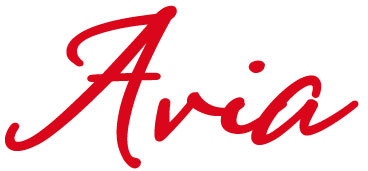
© Copyrighted. All Rights Reserved.
Want more? Me too! That’s why I’ve also got this for you on Whats-Your-Sign:
